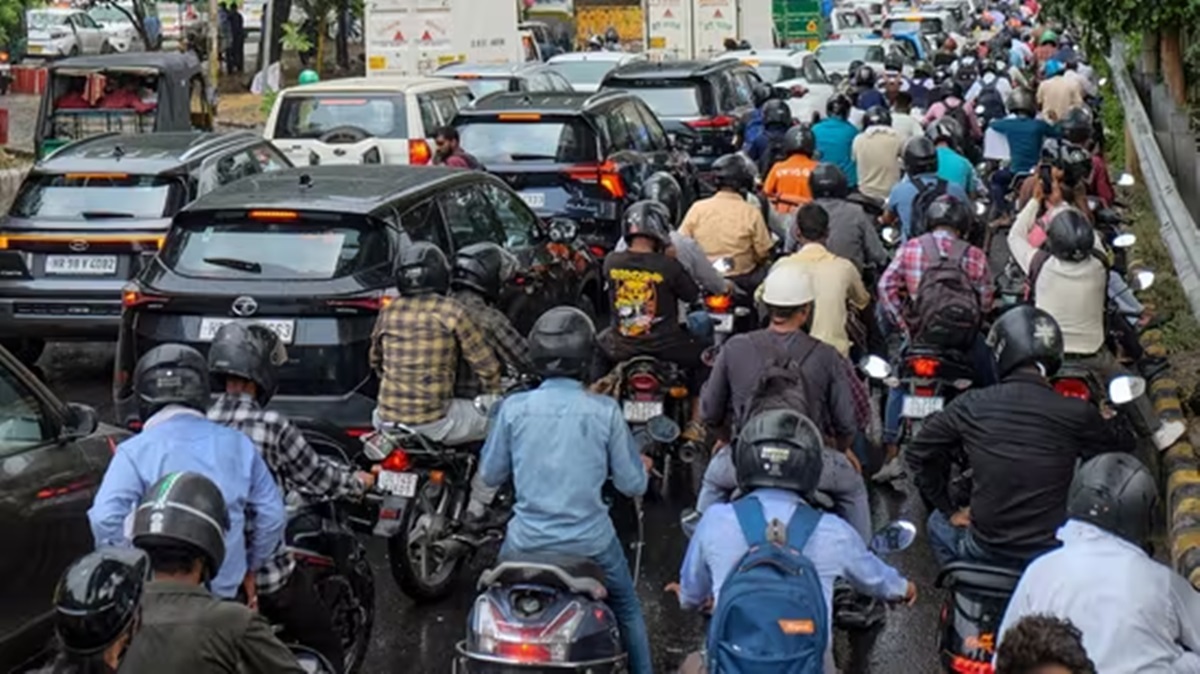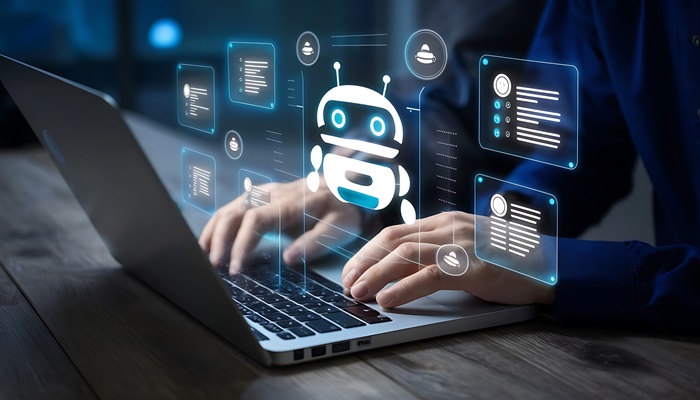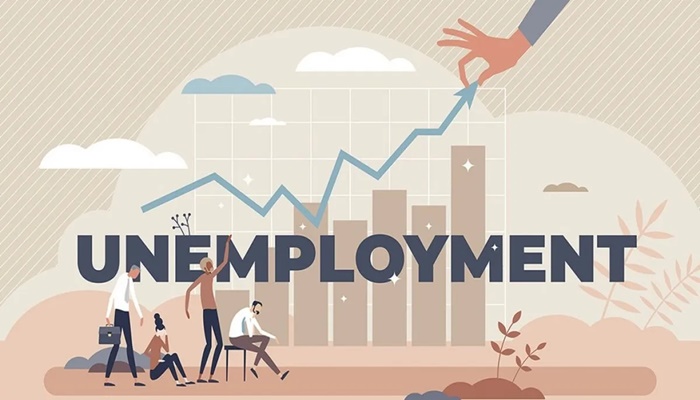We often hear headlines shouting, “AI is coming for your job!”—and understandably, a wave of fear spreads across boardrooms, classrooms, and factory floors alike. But before we panic, let’s take a step back and ask: Is this really India’s problem today, or are we simply borrowing fears from the developed world? Several recent reports—both at global and national levels—have raised serious concerns about the potential impact of artificial intelligence on jobs, especially those held by women. Roles that are clerical, routine, or rule-based appear to be at high risk of automation. But again, we need to ask: whose jobs are these reports really talking about? The International Labour Organization (ILO) recently published a comprehensive report on how generative AI may reshape the global workforce.
One of its most striking findings is that nearly 10% of women’s jobs are highly exposed to AI-driven automation, compared to about 3.5% for men in high-income countries. The report warns that as AI takes over administrative, clerical, and even some creative and analytical tasks, women—especially those in routine roles—could be the first to lose out. This certainly sounds alarming. But here’s where we need to pause and reflect: does this scenario apply equally to India and other developing countries? Or are we dealing with a very different reality on the ground? Let’s dig deeper and uncover the real story behind AI and jobs in India.
Understanding the AI Risk Across Countries and Regions
According to the International Labour Organization (ILO), around 17.1% of jobs in high-income countries fall under the category of “high and significant exposure” to artificial intelligence (AI)—meaning these roles are most likely to be disrupted. In sharp contrast, the figure drops to just 3.8% in lower-middle-income countries like India, and further down to 1.1% in low-income countries. Looking at regional patterns, Europe and Central Asia top the list, with 15.2% of jobs at high risk, followed by the Americas at 11.5%. Asia and the Pacific come in at 6.2%, while Africa is the least exposed, at just 2.1%.
What does this tell us? AI’s disruptive impact is currently strongest in wealthier countries—where jobs are more digitised, formal, and computer-based. These are the kinds of environments where AI tools can easily replace routine and predictable tasks. The ILO also highlights that AI is especially targeting job roles traditionally held by women—particularly in clerical, secretarial, and administrative support roles. This includes positions such as data entry clerks, payroll assistants, translators, financial analysts, and web developers—many of which are now being handled, at least in part, by generative AI.
AI’s Impact on Job Roles
In India, the job landscape is very different. Most people—especially women—are not employed in clerical or administrative jobs. In fact, over 70% of working women and more than half of working men (51.7%) are concentrated in just two broad categories: agriculture and elementary occupations. Specifically, 52% of employed women and 30.5% of men are engaged in skilled agriculture and fishery work, while another 21% from both genders perform elementary tasks, such as domestic help, cleaning, or manual labour. These roles are not digital, not rule-based, and not performed on computers—which means they are largely insulated from the current wave of AI disruption.
Is This Just Hype for India?
In short—yes, for now. The panic about AI replacing jobs, especially for women, is largely based on the realities of high-income countries. Jobs like secretaries, call centre agents, and financial clerks may be disappearing in the West—but in India, such roles form only a tiny part of the workforce, particularly for women. In India, the sectors that are most exposed to AI—like tech, finance, and digital services—currently employ relatively few people, both men and women. A peon in a government office, a farm labourer in rural Rajasthan, or a construction helper in Bihar is not at risk of being replaced by AI any time soon. But—and this is important—we shouldn’t confuse today’s low risk with a lack of urgency for the future.
India’s Turn Will Come
While AI may not be disrupting jobs at scale in India yet, it will in the years ahead. As digital infrastructure expands and more young people enter the labour force, jobs will increasingly shift towards technology, services, and online platforms. If women remain concentrated in sectors that will eventually face automation, we risk deepening a gendered digital divide. We’re already seeing signs of this in urban India. For example, customer service jobs, often held by women, are being taken over by chatbots and voice AI assistants. The shift isn’t overwhelming yet—but it’s coming. So, what should we do?
* For workers, especially women, the focus should be on moving beyond repetitive tasks. Skills in creativity, emotional intelligence, problem-solving, and digital literacy will be essential.
* Governments and employers must invest in gender-sensitive, accessible skill-building programmes—not just in cities, but in small towns and rural areas, where the tech wave will arrive a bit later, but surely.
* Policymakers must avoid copying global fears blindly. India’s AI policy must be rooted in domestic data, sector-specific analysis, and an understanding of gender and regional realities.
* Social dialogue is essential. Employers, workers, and governments need to work together to guide how AI is used, how risks are managed, and how new opportunities are created—without worsening inequality.
Final Thoughts
AI is transforming the world of work—but not everywhere, not equally, and not all at once. For India, the real risk is not AI stealing jobs today, but failing to prepare people—especially women—for the jobs of tomorrow. Yes, global reports raise important warnings. But instead of panic, we need context, clarity, and readiness. AI is not an equal-opportunity disruptor—and in India, the challenge is not about job loss yet. It’s about job transformation. Let’s make sure our workforce—especially our women—are ready to not just survive, but thrive in the AI-powered future.




















